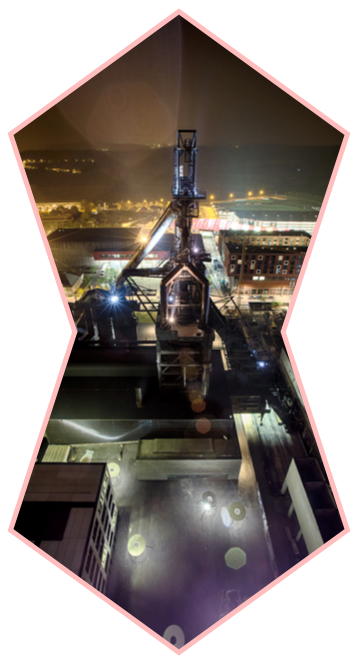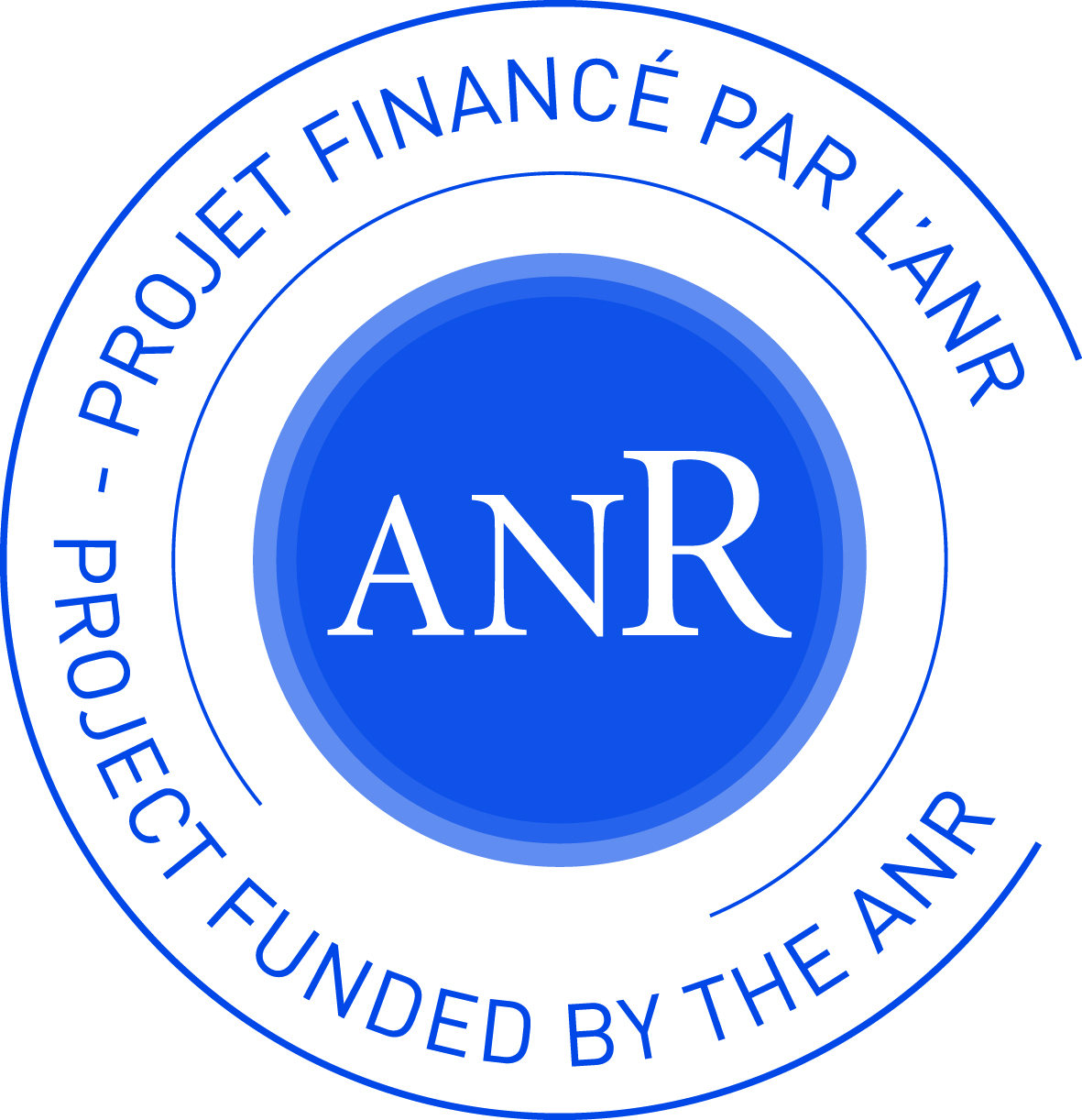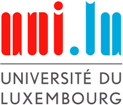Titles and abstracts
Marcos Cossarini
Title: Discrete surfaces with length and area and minimal fillings of the circle.
Abstract: We propose to imagine that every Riemannian metric on a surface is discrete at the small scale, made of curves called walls. The length of a curve is its number of crossings with the walls, and the area of the surface is the number of crossings between the walls themselves. We show how to approximate a Riemannian or self-reverse Finsler metric by a wallsystem.
This work is motivated by Gromov's filling area conjecture (FAC) that the hemisphere has minimum area among orientable Riemannian surfaces that fill isometrically a closed curve of given length. (A surface fills its boundary curve isometrically if the distance between each pair of boundary points measured along the surface is not less than the distance measured along the boundary.) We introduce a discrete FAC: every square-celled surface that fills isometrically a 2n-cycle graph has at least n(n-1)/2 squares. This conjecture is equivalent to the FAC extended to surfaces with self-reverse Finsler metric.
If the surface is a disk, the discrete FAC follows from Steinitz's algorithm for transforming curves into pseudolines. This gives a new, combinatorial proof that the FAC holds for disks with Riemannian or self-reverse Finsler metric.
If time allows, we also discuss how to discretize a directed metric on a surface using a triangulation with directed edges. The length of each edge is 1 in one way and 0 in the other way, and the area of the surface is the number of triangles. These discrete surfaces are dual to Postnikov's plabic graphs.
Vincent Delecroix
Title: 3 moduli spaces of metric structures on surfaces
Abstract: Topological surface are just classified by their genus. But a surface of a given genus admits a lot of possible different geometry, that is, a way to measure lengths. The aim of my talk is to describe three different kind of metric structures that one can think of on a surface
* graph metrics
* translation and flat metrics
* hyperbolic metrics
One important features of these models is that they are described by finite data, that make them suitable for exact computations.
For each of these kinds of geometry, we can put altogether the various metric structures on a fixed topological surface and obtain a nice topological space with a lot of structures. In particular a natural volume form (respectively called the Kontsevich volume, the Weil-Petersson volume and the Masur-Veech volume). Taking the total mass with respect to these volume forms one get interesting numbers that are relevant in the study of asymptotic geometry.
The aim of my talk is to describe carefully these three spaces, their volumes and the relations between them.
Viveka Erlandsson
Title: Counting curves on surfaces
Abstract: Given a topological surface S of genus g at least 2, a (simple) curve is an embedded copy of a circle. There are various notions of lengths for curves, for example, one can put a hyperbolic metric on the surface, or one can measure the number of intersections of the curve with some reference curve on the surface. In this talk we will discuss the problem of counting how many curves there are (up to homotopy) of length bounded by L. For any “nice” notion of length, we will see that this number grows asymptotically like a constant times $L^{6g-6}$. This result (in the setting of hyperbolic length) was first obtained by Mirzakhani. Here we will discuss a different approach to the problem, closely imitating how one can count relative prime lattice points in $\mathbb{R}^2$.
Linda Kleist
Title: Flip graphs and Rainbow cycles
Abstract: Flip graphs are fundamental structures associated with families of geometric objects such as triangulations, plane spanning trees, non-crossing matchings, partitions, or dissections. A classical example is the flip graph of triangulations G. The vertex set of G consists of all triangulations of a convex n-gon, and two vertices are adjacent if they differ in exactly one edge, i.e., they can be transformed into one another by deleting and inserting one edge. Such an operation is called a *flip*. Therefore, every edge can be labeled with a flip type which is also understood as the color of an edge. In G, every edge is labeled with the edge to be inserted.
A rainbow cycle in G is a cycle in which every edge type appears exactly once. This notion of a rainbow cycle extends in a natural way to other flip graphs.
In this talk we investigate the existence of rainbow cycles in some of the flip graphs of triangulations of a convex n-gon, plane trees on a set of n points, non-crossing perfect matchings on points in convex position, permutations of [n], and the flip graph of k-element subsets of [n]. We will also discuss how rainbow cycles for polytopal flip graphs can be viewed, in particular for the case of the associahedron. The talk is based on joint work with Stefan Felnser, Torsten Mütze und Leon Sering.
Francis Lazarus
Title: PL isometric embeddings of flat tori
Abstract: An embedding $f: T \to \mathbb{E}^3$ of a flat torus $T$ into the Euclidean 3-space is piecewise linear (PL) if $T$ admits a simplicial dissection into Euclidean triangles such that $f$ maps triangles of $T$ to triangles in $\mathbb{E}^3$. The map $f$ is said isometric when it furthermore preserves the length of paths. It follows from a theorem of Burago and Zalgaller (1995) that every flat torus has a PL isometric embedding into $\mathbb{E}^3$. In this talk I will focus on the actual computation of such embeddings in practice.
Arnaud de Mesmay
Title: Tightening Curves on Surfaces Monotonically with Applications
Abstract: We prove the first polynomial bound on the number of monotonic homotopy moves required to tighten a collection of closed curves on any compact orientable surface, where the number of crossings in the curve is not allowed to increase at any time during the process. The best known upper bound before was exponential, which can be obtained by combining the algorithm of de Graaf and Schrijver [JCTB, 1997] together with an exponential upper bound on the number of possible surface maps. To obtain the new upper bound we apply tools from hyperbolic geometry, as well as operations in graph drawing algorithms---the cluster and pipe expansions---to the study of curves on surfaces.
As corollaries, we present two efficient algorithms for curves and graphs on surfaces. First, we provide a polynomial-time algorithm to convert any given multicurve on a surface into minimal position. Such an algorithm only existed for single closed curves, and it is known that previous techniques do not generalize to the multicurve case. Second, we provide a polynomial-time algorithm to reduce any k-terminal plane graph using electrical transformations for arbitrary integer k. Previous algorithms only existed in the planar setting when k is at most 4 and all of them rely on extensive case-by-case analysis based on different values of k. Our algorithm makes use of the connection between electrical transformations and homotopy moves, and thus solves the problem in a unified fashion.
Joint work with Hsien-Chih Chang (Duke)
Bram Petri
Title: The minimal diameter of a hyperbolic surface
Abstract: For every genus g larger than 1, there exists a 6g-6 dimensional deformation space of hyperbolic metrics (i.e. of constant curvature -1) on a closed orientable surface of genus g. In this space, one can find surfaces of arbitrarily large diameter. On the other hand, there is a lower bound on the diameter of a hyperbolic surface of genus g. In this talk I will speak about the asymptotic behavior of this bound as g tends to infinity. This is joint work with Thomas Budzinski and Nicolas Curien.
Anja Randecker
Title: Coarse geometry of the saddle connection complex
Abstract: For a translation surface, the saddle connection complex is the induced subcomplex of the arc complex where vertices are saddle connections. Whereas the isometry type of the saddle connection complex is a strong invariant of the $\mathrm{SL}(2,\mathbb{R})$ orbit, the saddle connection complexes of all translation surfaces are quasi-isometric in a very strong sense.
In this talk, I will describe the coarse geometry through the quasi-isometry type which is common to all saddle connection complexes. In contrast to this, I will also explain how the Gromov boundary of a given saddle connection complex holds valuable insight on the geometry of the translation surface. Both is based on joint work with Valentina Disarlo, Huiping Pan, and Robert Tang.
Matěj Stehlík
Title: Some combinatorial aspects of quadrangulations of surfaces
Abstract: A quadrangulation of a surface is a graph embedded in the surface with all faces bounded by four edges. These graphs have many interesting combinatorial properties, and they seem to crop up in unexpected places. In this talk, I will discuss connections to Kneser graphs, commutative algebra, and an old question of Erdős about odd cycles in 4-chromatic graphs.
The talk is based on joint work with Louis Esperet, Tomáš Kaiser and Riste Škrekovski.




